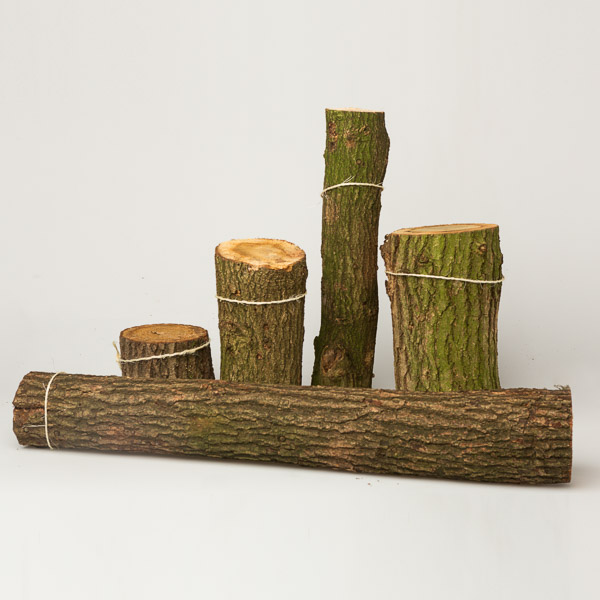Edible Wood Farm Journal: 2018 (4)
Unique
Every tree is different. Definitely one of a kind. A tree is perpetually adapting to its surroundings. Sun, water, nutrients, space – all necessary ingredients resulting in growth and a specific form. Some trees will become woodland giants, other trees will die and become food for the forest. The oaks in the patch of forest that had been felled this year were not taller than 15 meters. Most of the trees had a girth that I could effortlessly hug (but I didn’t hug every tree) and a crown that I could easily see. The biggest trees that were felled had a diameter at ground level of about 22 cm but most of the trees had a diameter of about 14 cm – just right for shiitake logs.
Diameters
This year there were a lot of small trees with a minimum diameter of 8 cm. The logs were sorted on site into diameter classes (more or less): skinny (6-8 cm), thin (8-12 cm), average (12-14cm) and heavy (>14cm). Heavy logs will have a future as “mini logs” (short and fat) or “sturdy logs” (big and fat); average logs will become “family logs” (a relatively large surface area for a hungry family); thin logs will turn into “lanky logs” (long and elegant) and the skinny logs will be wonderful for people who also want to become an edible wood farmer. In this way, the whole tree trunk will get used (and eaten), much better than turning a tree automatically into firewood!
